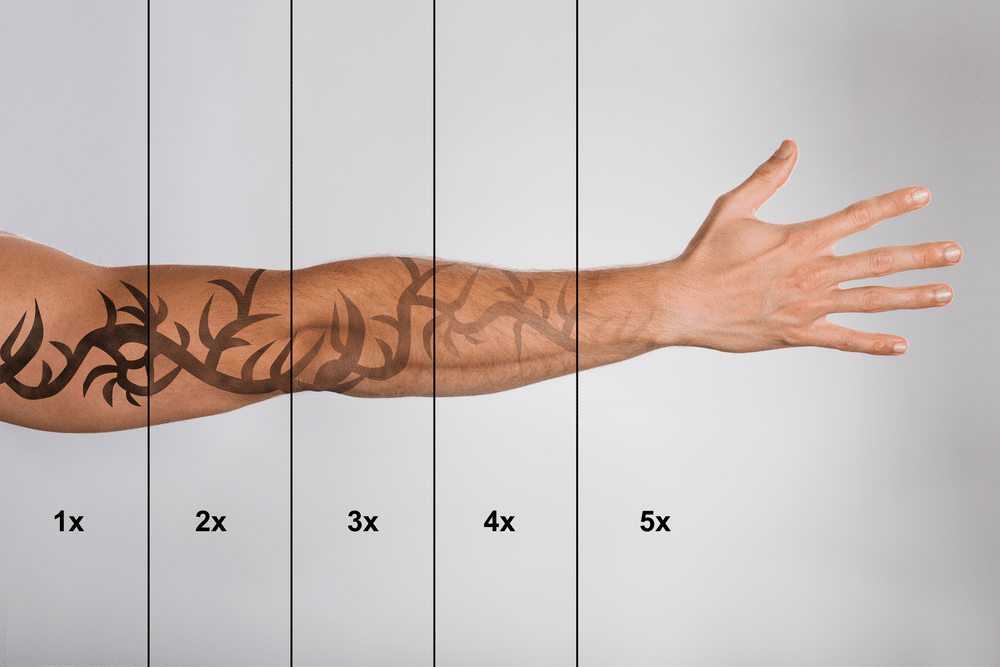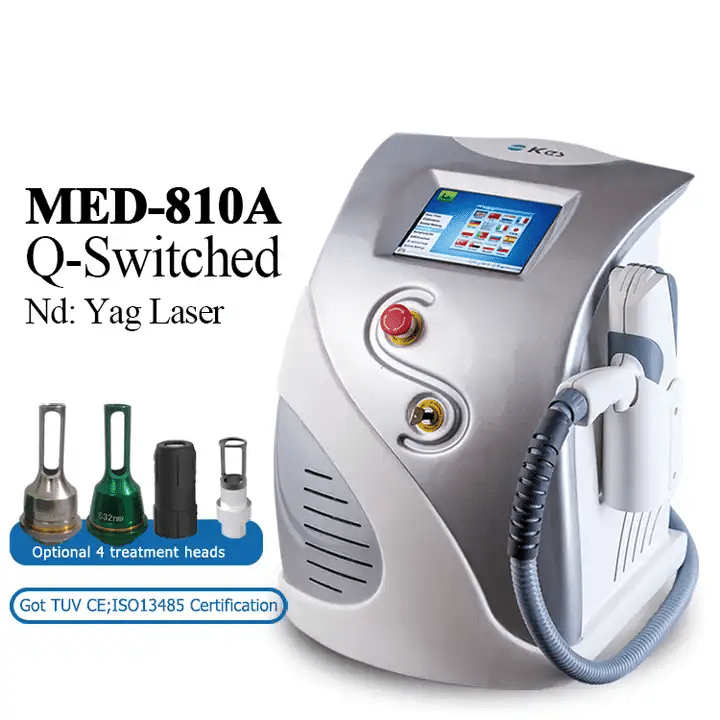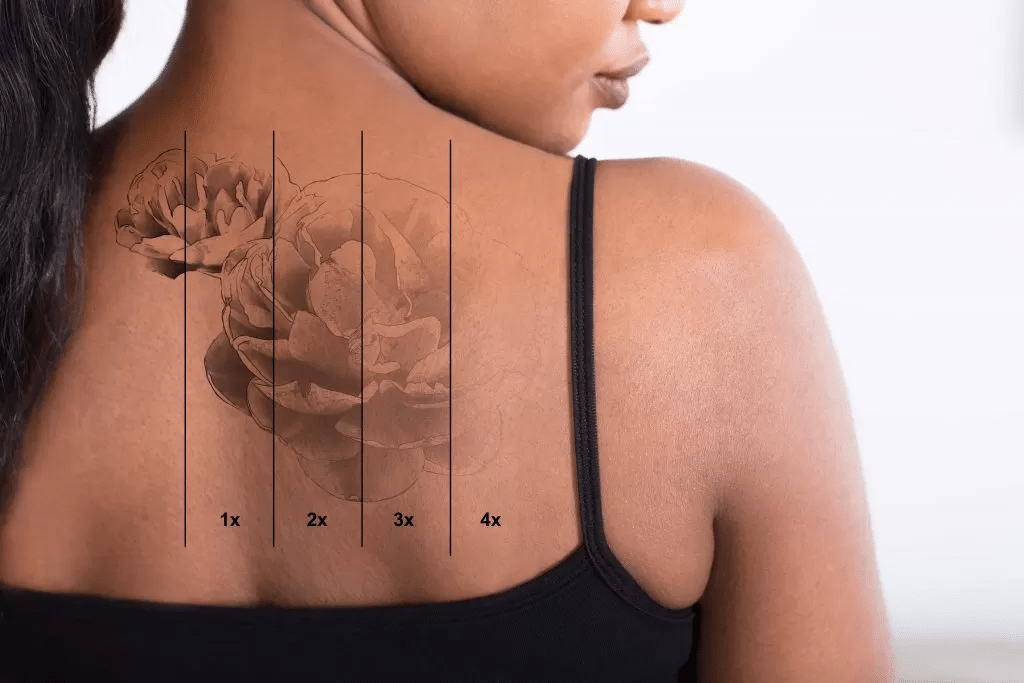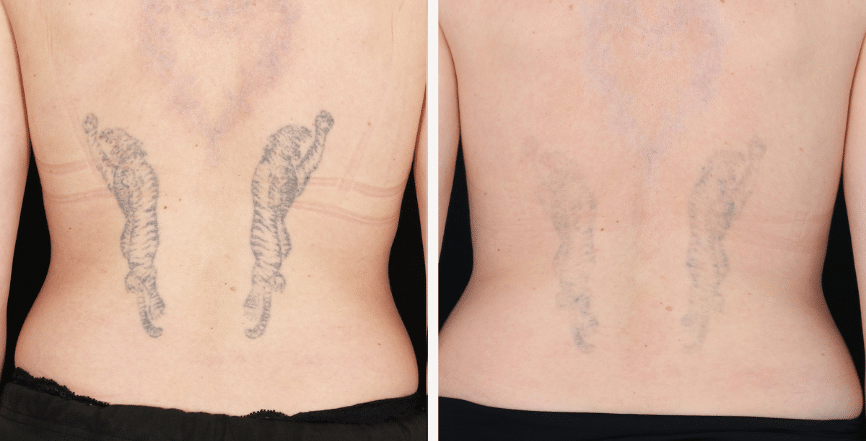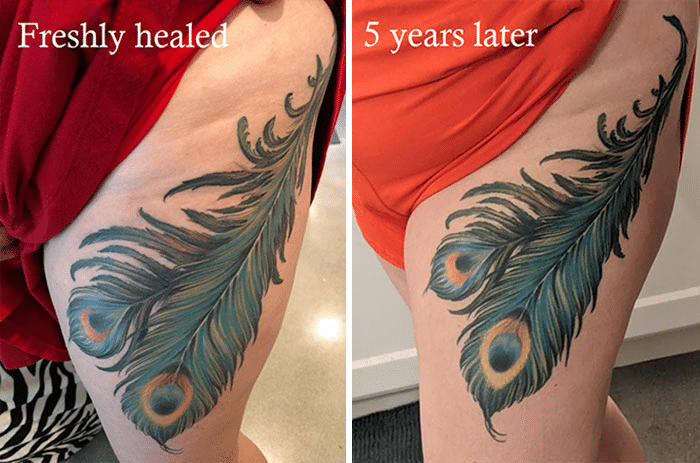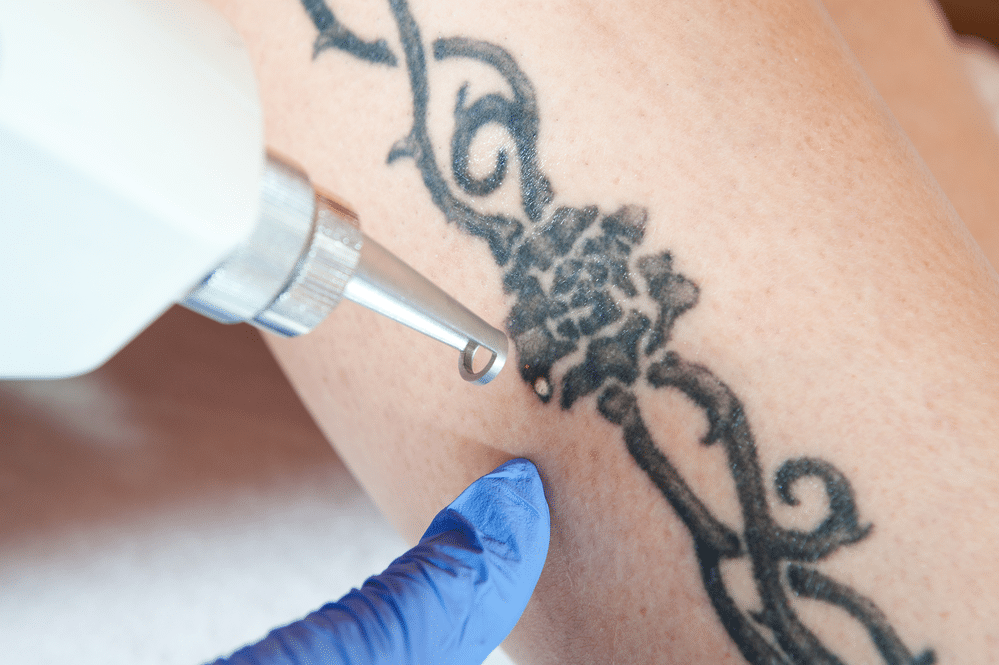How Long Does It Take to Get Laser Tattoo Removal?
Tattoo removal has become an increasingly popular procedure as people seek to erase their unwanted ink. While tattoos were once considered permanent, advancements in laser technology have made it possible to remove them with minimal scarring and discomfort. However, the process can be lengthy, depending on factors such as tattoo size, color, depth, and location. In this comprehensive guide, we will explore the various factors that influence the duration of the tattoo removal process, as well as what to expect during and after each session.
Be patient during your tattoo removal procedure
It is good to learn that we should be patient to take laser tattoo removal treatments. Here are the main points you should make clear before your laser tattoo removal treatments:
- Consult a doctor if you are the right person for the treatment
- The treatment is not only 1 session, it may take months or longer
- The treatment cost is not cheap
- Relax with the process before getting in the chair.
- All types of tattoos can be removed but yellow and green are more difficult
- Avoid sunscreen before your tattoo treatments
- The treatment is not pain-free
- You may feel some discomfort during the laser tattoo removal
- Prepare for your tattoo aftercare in advance.
- It is better to get a cover-up tattoo instead of a full tattoo removal.
- Scarring may happen during the treatment
- Expect a few side effects
Tattoo Removal Sessions: Duration and Frequency
Tattoo removal sessions typically last between 5 to 30 minutes, depending on the size and complexity of the tattoo being removed. Removing multiple tattoos in one session will take longer, but these sessions are still generally shorter than the time it takes to get a tattoo.
On average, clients require at least 3 to 6 sessions to remove each tattoo, with a minimum of 6 to 8 weeks between sessions to allow for proper healing. Consequently, the total time to remove a tattoo can range from 12 to 24 weeks or longer, depending on factors such as tattoo size, number of tattoos, and ink type.
Factors Affecting Tattoo Removal Duration
- Skin Tone: Laser tattoo removal works best on lighter skin tones, as there is a greater contrast between the ink and the skin. Although tattoos can still be effectively removed from darker skin tones, the process may take longer.
- Tattoo Location: Tattoos closer to the heart and in areas with a high lymph node count, such as the face, neck, chest, and upper back and arms, are easier to remove. Tattoos located farther down the body, where there is less blood flow and fewer lymph nodes, may take longer to remove.
- Ink Types: Tattoo artists often mix their inks, resulting in varying compounds that may respond differently to laser removal. Some compounds are more receptive to laser removal, which can affect the rate of tattoo removal.
- Aftercare and Tattoo Healing: Proper aftercare and healing of a tattoo can impact the speed and effectiveness of the laser removal process. Tattoos with scar tissue from inadequate aftercare may be more difficult to remove and require additional sessions.
- Age of Tattoo: Older, faded tattoos generally take less time to remove compared to newer tattoos, as the ink has degraded and sunk into the skin over time.
- Depth of Ink: Professionally done tattoos typically have ink deposited more deeply within the skin, which may prolong the removal process compared to amateur tattoos.
- Size of Tattoo: Larger tattoos generally require more sessions for complete removal, as there is a greater amount of ink to be broken down and removed by the body’s immune system.
- Color of Ink: Dark ink on light skin is the easiest to remove, while lighter colors such as yellows, greens, and blues may be more difficult and time-consuming to remove.
- Immune Health: A healthy immune system will process and remove shattered ink particles more quickly, leading to a faster tattoo removal process.
- Smoking and Sun Exposure: Smoking can significantly reduce the effectiveness of tattoo removal, while sunburned or recently tanned skin can make the process more difficult. Avoiding sun exposure before, during, and after treatments is essential for optimal results.
Conclusion
In summary, the duration of the tattoo removal process depends on various individual factors, with an average timeframe of 2 years or more for complete removal. By understanding the factors that influence the duration of the process and following proper aftercare instructions, you can increase the likelihood of successful and timely tattoo removal. If you’re considering removing a tattoo, it’s essential to schedule a consultation with an experienced professional who can assess

